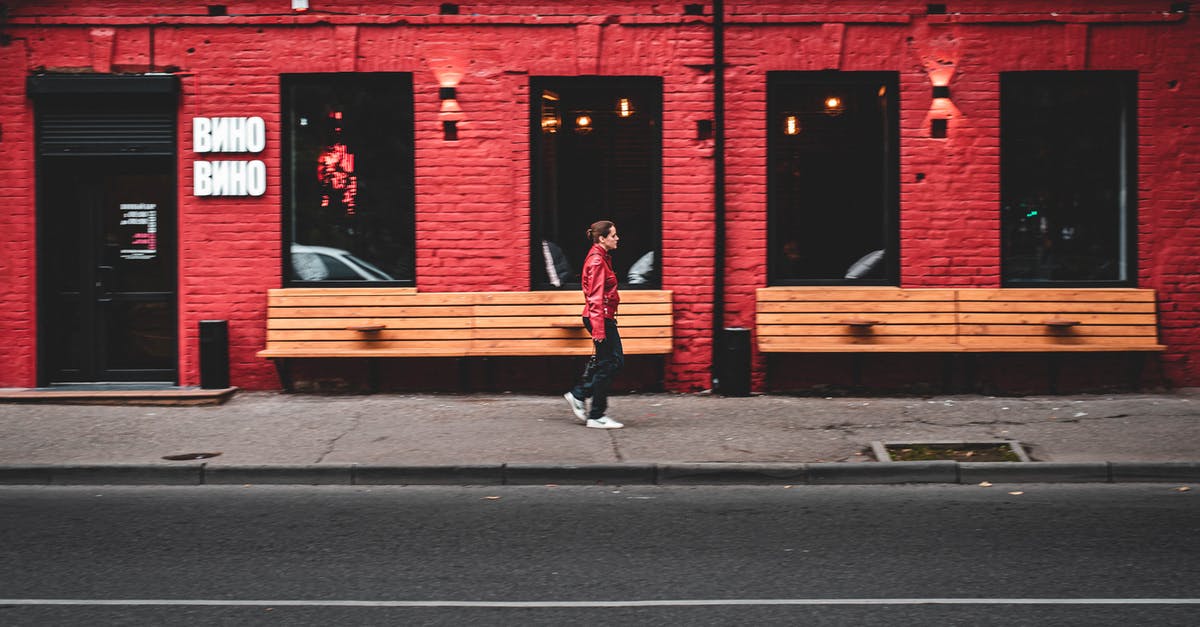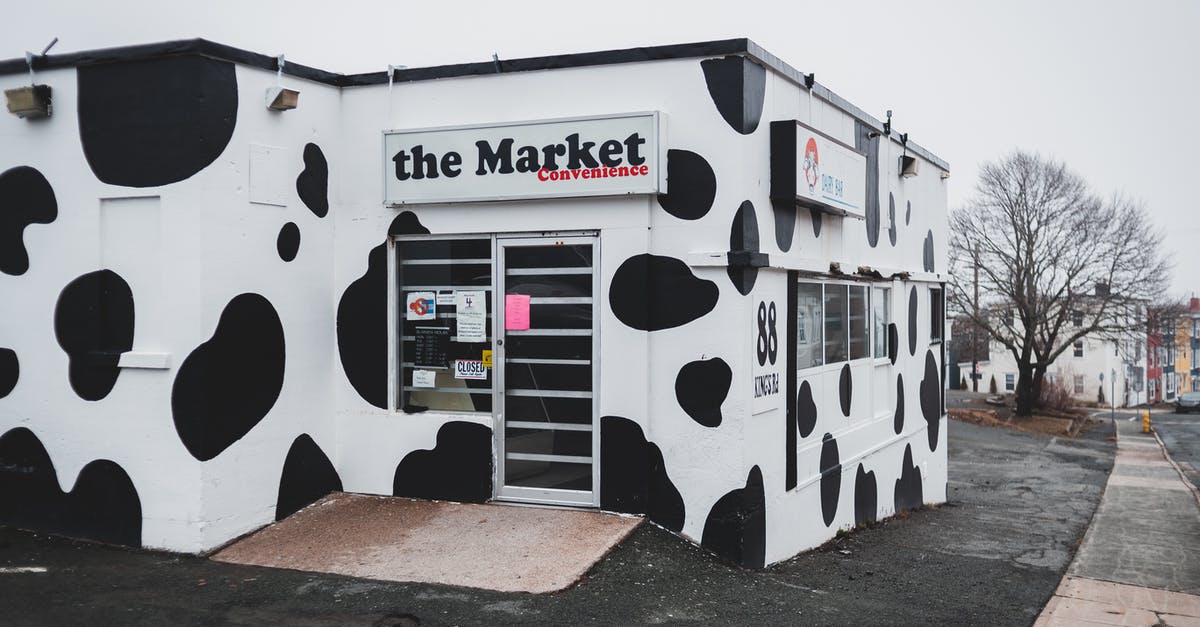What is the best way to store cake?

It is commonly accepted that bread goes stale faster in the refrigerator, does this also apply to other wheat flour baked items, such as cakes and quick breads?
If a cake is expected to last for 3-5 days is it best to keep it covered on a counter or refrigerate it? Will it get stale in the refrigerator?
Best Answer
Yes, cakes will go stale faster in the refrigerator, as will most baked goods with a high starch content.
Staling (as discussed over at Serious Eats) has to do with starch recrystallizing. As Harold McGee explains (pp. 541-542 of On Food and Cooking):
Staling is now understood to be a manifestation of starch retrogradation, the recrystallization, water migration out of the granules, and hardening that take place when cooked starch is then cooled.... The initial firming of the freshly baked bread loaf, which improves its ability to be sliced, is caused by the retrogradation of the simple straight-chain amylose molecules, and is essentially complete within a day of baking. The majority of starch molecules, the branched amylopectins within the granule, also retrograde. But thanks to their irregular structure, they form crystalline regions and expel water much more slowly, over the course of several days. This is the process responsible for the undesirable firming in texture after the bread has become sliceable.
Basically, when you mix starch and liquid together in a dough or batter and then heat it, its crystalline structure breaks up and it absorbs water, giving bread and cakes their "moisture." After the starch cools, it gradually goes back to its original form, thereby expelling moisture and hardening, producing the quality commonly called "staleness."
All of this is just as true for the starches in cakes as they are for breads. McGee goes on to confirm that staling recrystallization proceeds most rapidly at temperatures just above freezing. He also notes that certain emulsifiers will retard staling (such as egg yolks and true buttermilk). I would add that in cakes, the higher sugar content and the fact that sugar is hydrophilic can help cakes retain moisture longer. Hence, some significantly enriched breads and richer baked goods like cakes tend to stale more slowly than lean breads.
Nevertheless, the chemistry of staling in cakes is still basically the same, and it will happen faster at cooler temperatures as long as they are still above freezing.
Thus, if your primary goal is to prevent staling, storing cakes and quick breads at room temperature is best for a few days. For longer storage, wrap tightly and store in the freezer rather than the fridge. (Staling happens very slowly below freezing.) As moisture loss outside the cake will accelerate moisture migration out of the starches (and thus staling), covering unfrosted cakes and cut surfaces is essential.
Of course, staling is not the only concern in shelf-life of cakes. Some frostings may not do well sitting for days at room temperature or particularly in hot weather. Some may even become unsafe. Cakes or quick breads with a high moisture content due to added fruits, vegetables, etc. may also begin to grow bacteria or mold when left at room temperature for several days. In those cases, you have to balance the benefits of refrigeration in preventing spoilage with the minor detriments of staling. (Obviously if it's a food safety issue to leave a cake out at room temperature, it's best to refrigerate or freeze it for storage.)
What to do if your cake has begun to stale (either due to refrigeration or merely sitting at room temperature for several days)? The starch crystallization process is mostly reversible, so heating the cake above around 140F will begin to restore the cake to its previous state (as it will with bread). Obviously not all types of cakes (especially frosted ones) may allow such reheating, but it can help with quick breads and simple unfrosted cakes. However, reheated cake should be consumed immediately, as the interior of a stale cake has already been somewhat depleted of moisture, and a cooled stale cake will become progressively worse (hard and dry).
Pictures about "What is the best way to store cake?"



How do you store a cake and keep it moist?
How to keep cakes moist overnight. While the cake is still hot, wrap it with a layer of plastic wrap, then a layer of aluminum foil, and put it in the freezer. The water created by the cake's residual heat will keep it moist (but not too moist) in the freezer.What is the proper way of storing cake?
How to Keep Cakes Fresh and FlavorfulIs it better to keep cake in the fridge or out?
Keep your cakes cool or at room temperature. Heat will cause frosting to melt and slide and it dries out the sponge. In summer, or if your kitchen is very warm, it is better to refrigerate your cakes and then allow to come up to room temperature if you plan to serve them at a later time.Where should you store cakes for longer storage?
Be sure to cover tightly but do not refrigerate. If you do not have a cake keeper, cover the cake with a large inverted bowl or store in a large airtight container. Store at room temperature for approximately 1 week. Freeze for longer storage, up to 2 months.How to Store Cake
Sources: Stack Exchange - This article follows the attribution requirements of Stack Exchange and is licensed under CC BY-SA 3.0.
Images: Evgenia Basyrova, Stanislav Kondratiev, Sinitta Leunen, Erik Mclean
